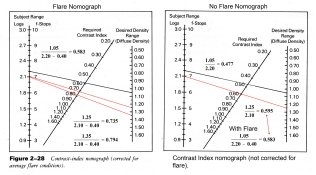Like I said, flare and many other factors are incorporated into photography. Photographic scientists and engineers have worked hard in order to make photography work without having to understand it. As I've shown, flare is also incorporated into the Zone System, albeit unintentionally. For those wanting to discuss and understand the photographic process with all the factors that come into play within the process, they should be part of defining, analyzing, and explaining the process else there will be a gap in understanding how it works.
There's an easy way to extrapolate what is considered normal flare. Kodak considers a CI 0.58 for normal processing. The LER for the middle of a grade 2 paper range is 1.05. The average scene luminance range is 2.20 logs.
1.05 / 2.20 = 0.477
Take off a stop from the luminance range
1.05 / 1.90 = 0.553
Close but not exact. Take off another 1/3 stop.
1.05 / 1.80 = 0.583
So, Kodak considers the average flare to be 1 1/3 stops. Flare is part of their normal.
Flare helps make sense of the photographic process.
But what of the flare factor when enlarging? One stop? The image on the paper will be lower in contrast to some degree than the information on the negative, unless the negative is contact printed of course. If you assume a 1 stop flare factor, then an LER of 1.05 with consideration of one stop of enlarging flare, then a negative density range of 1.35 ( and higher CI) would help to offset losses from flare with enlargement, would it not?


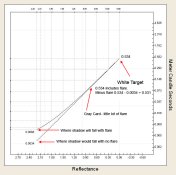
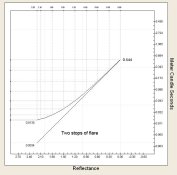
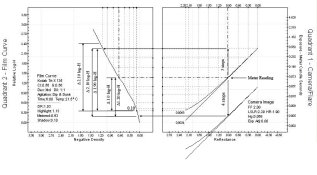
 .
.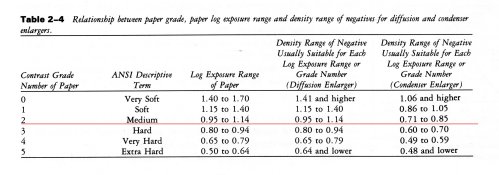
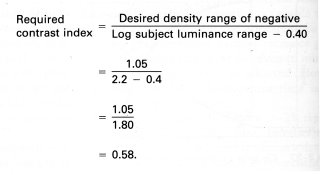
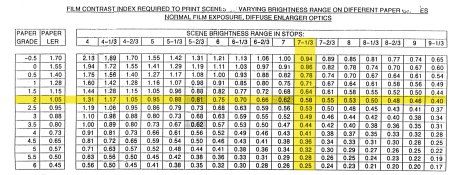
 .
.